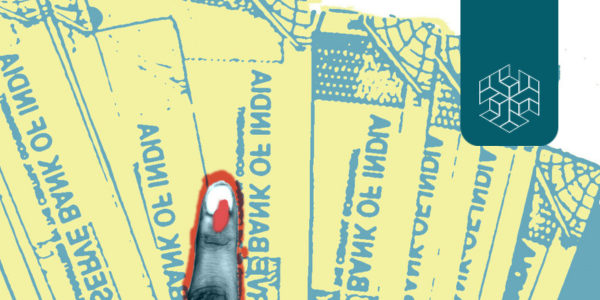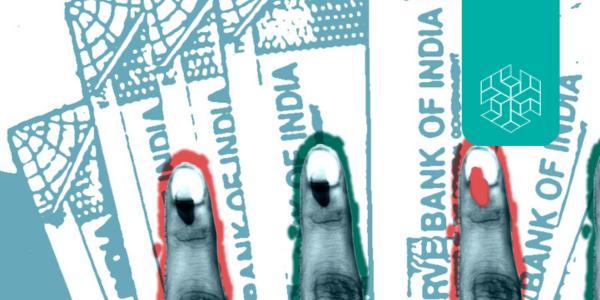Authored by – Shubhangi Gokhroo
Edited by – Kavita Majumdar and Priyamvada Chaudhary
ABSTRACT
The informal sector employs over 90% of the total Indian workforce (Murthy 2019). The COVID-19-induced lockdowns massively reduced demand for various non-essential goods produced by the informal economy, leading to a decrease in production levels. This significantly contributed to the soaring levels of unemployment in and beyond this sector. Not only did the income of the informal workforce take a hit, but limited savings made survival extremely difficult, adversely impacting their livelihood. Consequently, the informal workforce entered a trap that reinforces their wage loss, fall in consumption levels, and high indebtedness. This issue brief analyses the impact of the COVID-19-induced lockdown and the economic slowdown on India’s informal workforce.
CONTEXT
About 92.4% of India’s total labour workforce and 85% of the entire rural workforce (National Sample Survey 2011-12) is engaged in the informal sector (Murthy 2019). Moreover, this sector contributes to more than 50% of the economy’s total output (ibid). With no written job contracts, social security, health benefits, or paid leaves, the nature of employment in this sector makes those engaged with it quite vulnerable.
The precarity of working in the informal sector most likely worsened after the demonetisation exercise in November 2016. While its stated objective was to restrain the stock and flow of black money in the economy, the largely cash-dependent informal sector was severely affected as the government sought to impose formalisation onto the economy (Mukta 2018). This led to a contraction in production and consumption levels, and the technological unawareness of many informal workers forced them to shift to traditional payment methods and borrowings (White 2020). As noted by some experts, demonetisation amplified the level of income inequality by transferring income from the informal to the formal sector (Mukta 2018). The introduction of the Goods and Services Tax (GST) in 2017, another step towards formalisation, resulted in revenue losses — at least for small businesses. Some economists assert that this may have led to job losses for approximately 35-45% of workers engaged in the informal economy (White 2020). In September 2019, rural household consumption reached a 7-year-low, reflecting agricultural distress and stagnating rural incomes which further “eroded demand for consumer goods” (Tandon 2020).
The nationwide lockdown announced on 24 March 2020, mandated the suspension of all services and establishments with relaxations to only essential service providers. It was only a month later that small retail shops could reopen, but with only 50% of their staff. As a result, economic activity suffered and unsurprisingly, India’s GDP growth reduced by 23.9% in the first quarter of FY 2020-21. This was a significant decline. However, when viewed in isolation, this conceals the plight of the informal economy. While gradually slumping into a slowdown, the informal sector’s situation worsened with the pandemic’s onset — as demand, consumption, and production levels dwindled further. The following sections look at how the lockdown impacted the lives of informal workers who were engaged in the production and provision of non-essential goods and services.



